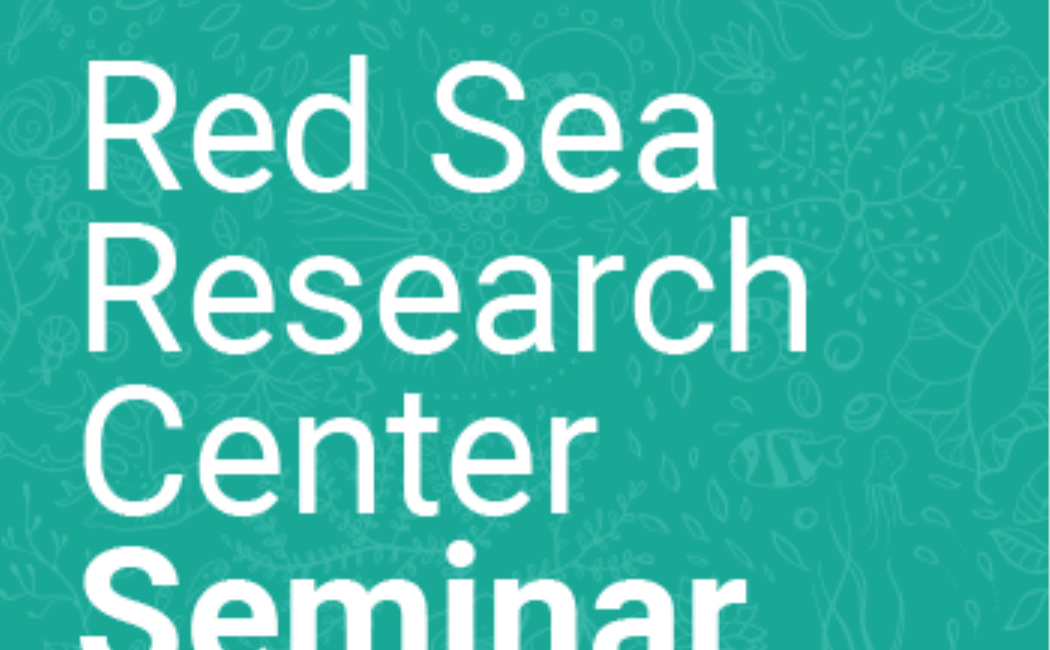


 |  Speaker 1: Dr. Guoxin Cui Talk title: Host-dependent nitrogen recycling as a mechanism of symbiont control in Aiptasia |
Abstract: The metabolic symbiosis with photosynthetic algae allows corals to thrive in the oligotrophic environments of tropical seas. Different aspects of this relationship have been investigated using the emerging model organism Aiptasia. However, many fundamental questions, such as the nature of the symbiotic relationship and the interactions of nutrients between the partners remain highly debated. Using a meta-analysis approach, we identified a core set of 731 high-confidence symbiosis-associated genes that revealed host-dependent recycling of waste ammonium and amino acid synthesis as central processes in this relationship. Subsequent validation via metabolomic analyses confirmed that symbiont-derived carbon enables host recycling of ammonium into nonessential amino acids. We propose that this provides a regulatory mechanism to control symbiont growth through a carbon-dependent negative feedback of nitrogen availability to the symbiont. The dependence of this mechanism on symbiont-derived carbon highlights the susceptibility of this symbiosis to changes in carbon translocation, as imposed by environmental stress.
 | Speaker 2: Dr. Sebastian Schmidt-Roach Talk title: Exploring strategies to increase thermal resilience of corals in Saudi Arabian waters |
Abstract: The desert seas of Saudi Arabia are home to some of the warmest coral reefs in the world. While corals in the Northern Red Sea experience mean monthly summer maximum temperatures around 27°C, the Southern Red Sea is regularly exceeding 32°C, the Arabian Gulf 34°C. We sampled seven locations across a latitudinal gradient along the Red Sea coast as well as one reef in the Gulf aiming to elucidate the evolutionary history and connectivity of these populations. Collected individuals included survivors of the 2015/2016 mass bleaching event, which severely impacted the visited reefs in the Southern Red Sea and the Gulf. ITS2 amplicon sequencing of the algal symbiont populations showed a latitudinal shift from Cladocopium taxa in the North to Durusdinium taxa in the Southern Red Sea, whereas the Gulf corals were either associated with Cladocopium thermophilum or Symbiodinium species. ezRAD sequencing of the coral colonies correlates with these findings, showing the highest structural divergence for the Southern Red Sea and the Gulf. To elucidate potentials for assisted gene flow via transplantation we conducted a common garden experiment in the Central Red Sea and investigated how individuals from these populations differ in thermal tolerance and survival. During the summer temperature peaks, bleaching was exclusively observed for individuals from the Northern Red Sea that also showed the highest mortality. However, the mean survival rate was highest for local individuals, stressing the importance of local adaptation. High mortality rates, especially of the Arabian Gulf individuals, strongly suggests that translocation across diverse habitats may have uncertain success. To elucidate potentials for assisted gene flow via intra-specific hybridization we cross-bred individuals from five populations spanning the entire Saudi Red Sea coast as well as the Arabian Gulf population. Parental colonies were long-term acclimated to Central Red Sea conditions to ensure that embryogenesis occurs under the same conditions. Larval heat selection experiments showed increased survival rates for crosses with populations natively experiencing high thermal summer maxima. Our work identifies potentials as well as limitations of adaptive resilience‐based coral reef management under climate change.